Estimated reading time: 3 minutes
Table of contents
In the vast expanse of the desert along the India-Pakistan border, Gautam Adani, India’s most controversial billionaire, is undertaking a groundbreaking initiative. Faced with scrutiny and market setbacks, Adani is racing to future-proof his fortune by establishing the world’s largest renewable energy park. This ambitious project is a testament to Adani’s determination to capitalize on the energy transition while navigating the challenges of his coal-linked empire.
Adani’s Rise and Setbacks
Gautam Adani, the mastermind behind a diverse empire spanning ports, airports, media, and energy, briefly held the title of the world’s second-richest man in 2022, accumulating a $154 billion fortune. However, a year ago, his companies faced allegations of stock manipulation and accounting fraud, leading to a substantial market value decline of over $150 billion. Despite these setbacks, Adani is now strategically investing in renewable energy to secure his position in the evolving energy landscape.
The Khavda Renewable Energy Park
Situated in the Rann of Kutch desert, the $2.3-billion Khavda Renewable Energy Park is a monumental undertaking by Adani. Scheduled for completion in 2027, the park will cover an expansive 726 square kilometers, nearly the size of New York City. With a planned capacity to generate 30 gigawatts of solar and wind energy, it aims to power the homes of 18 million people, surpassing the combined populations of London and New York.
Adani’s Vision and Global Partnerships
Adani envisions the Khavda Renewable Energy Park as a showpiece for Adani Green Energy, a company in which France’s TotalEnergies holds a significant stake. The project is not only a generator of renewable energy but also a manufacturing hub for key components, including colossal wind turbine blades and high-tech solar panels. Adani’s vision aligns with New Delhi’s call for ambitious clean energy projects, aiming to create 500 gigawatts of renewable capacity to meet half of India’s energy needs by 2030.
Balancing Renewable Energy and Coal
Despite Adani’s push for renewable energy, India remains the world’s third-largest carbon emitter, and Modi’s government plans to increase coal-based power capacity. Adani’s critics accuse him of benefiting from close ties with Prime Minister Narendra Modi, raising questions about regulatory oversight and fair contracting. However, Adani argues that aligning with the government’s economic strategy makes strategic sense for conglomerates invested in India’s energy sector.
Challenges and Environmental Considerations
The Khavda Renewable Energy Park, located 75 kilometers from the nearest village and near the heavily militarized India-Pakistan border, poses logistical challenges for the workforce. The project’s construction, while awe-inspiring, raises concerns about its environmental footprint. Local conservationists, such as Mahendra Bhanani, acknowledge the need for impact studies but highlight the project’s distance from human settlements and biodiversity hotspots.
Conclusion
Gautam Adani’s foray into renewable energy with the Khavda Renewable Energy Park reflects a dynamic shift in his business strategy amid global energy transitions. As India balances its growing energy demands and environmental commitments, Adani’s vision mirrors the country’s ambitions. The success of this colossal venture will not only shape Adani’s legacy but also contribute significantly to India’s pursuit of a sustainable energy future.


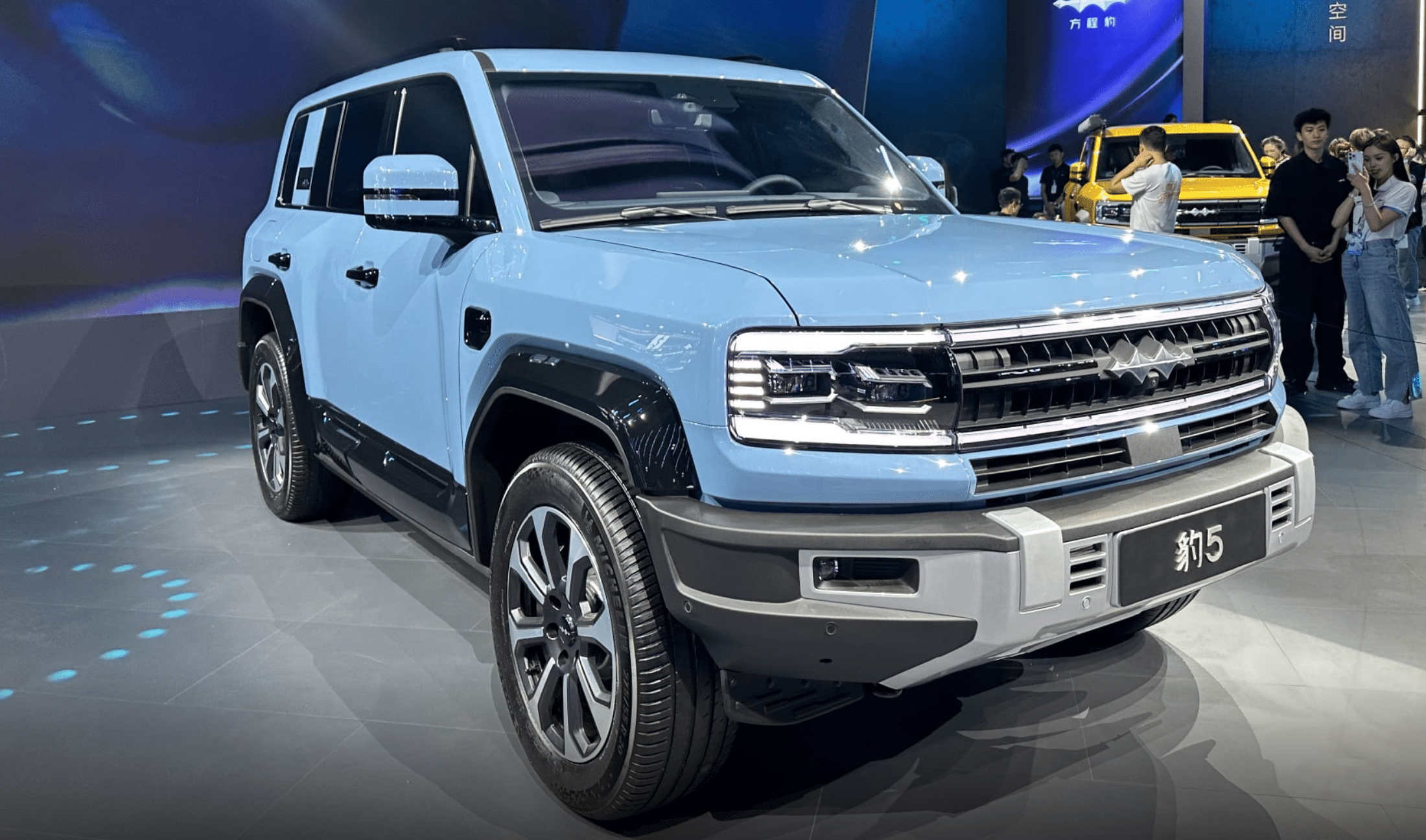
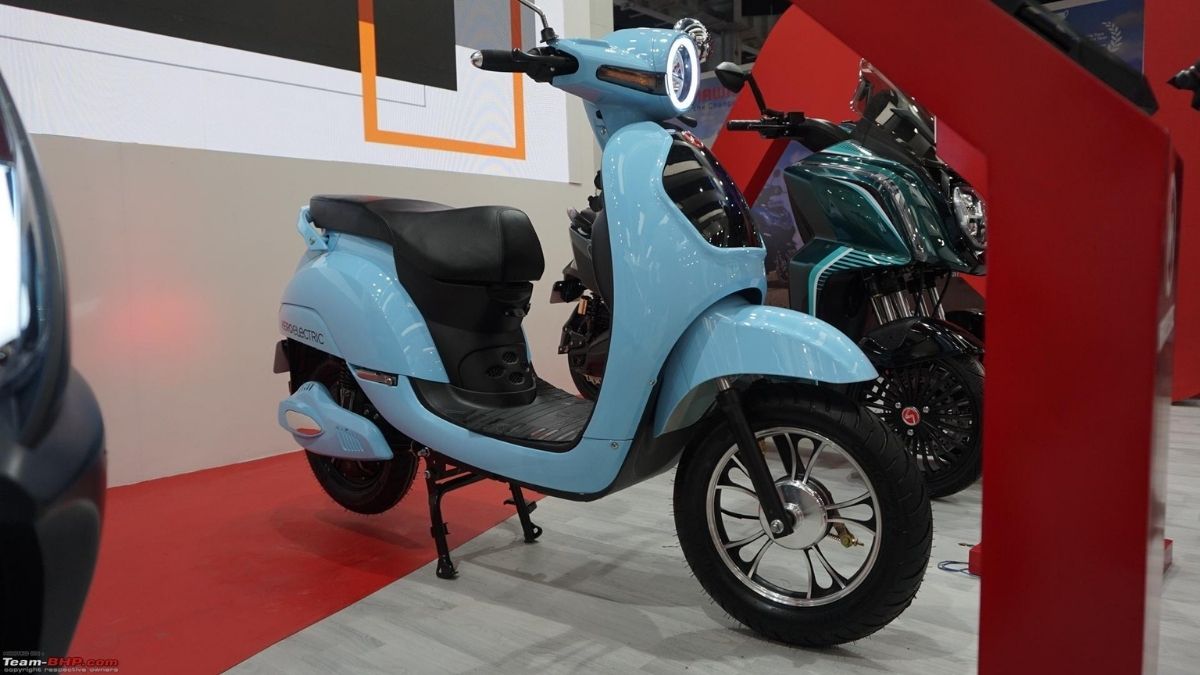
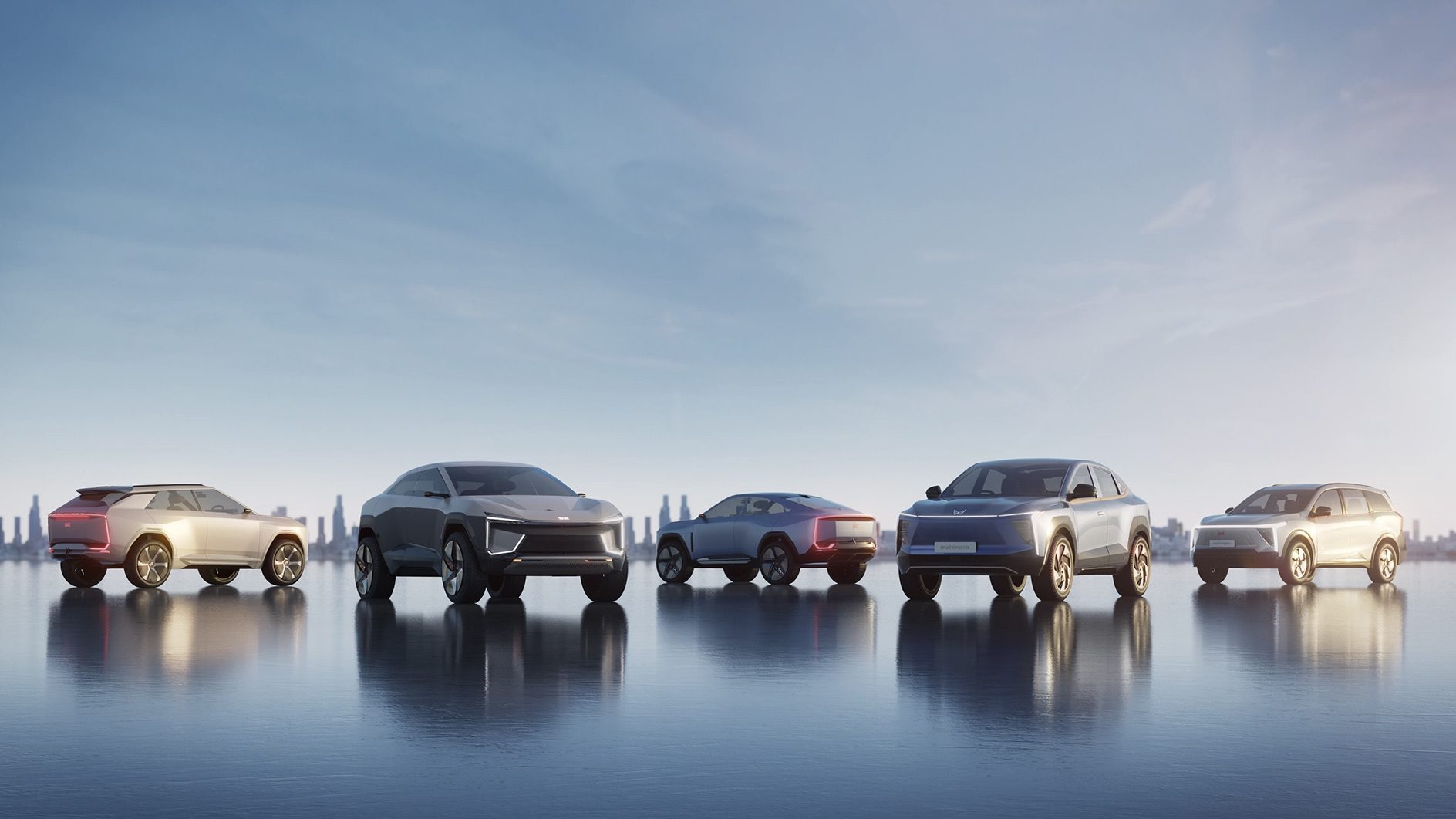
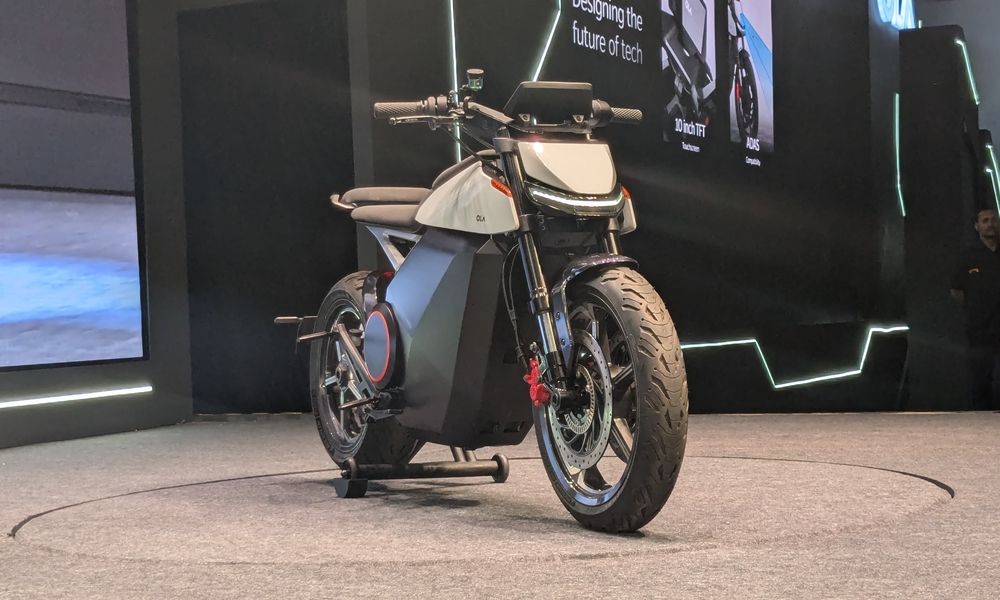

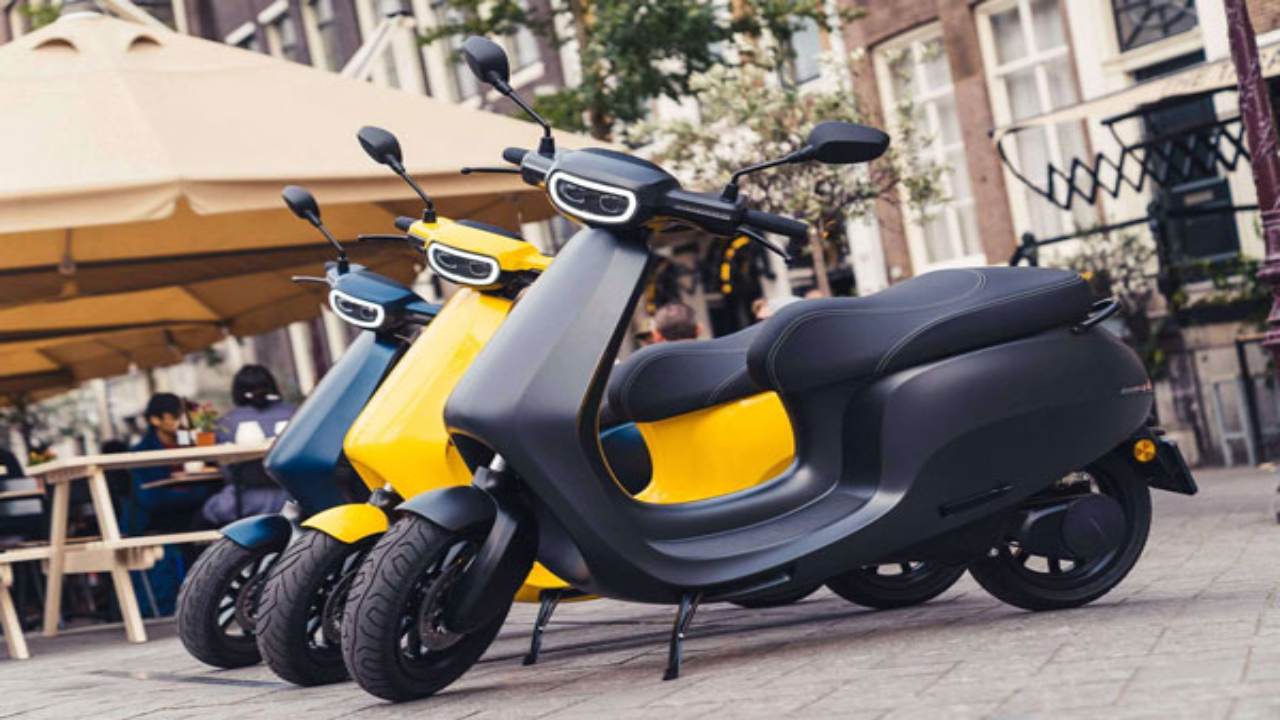


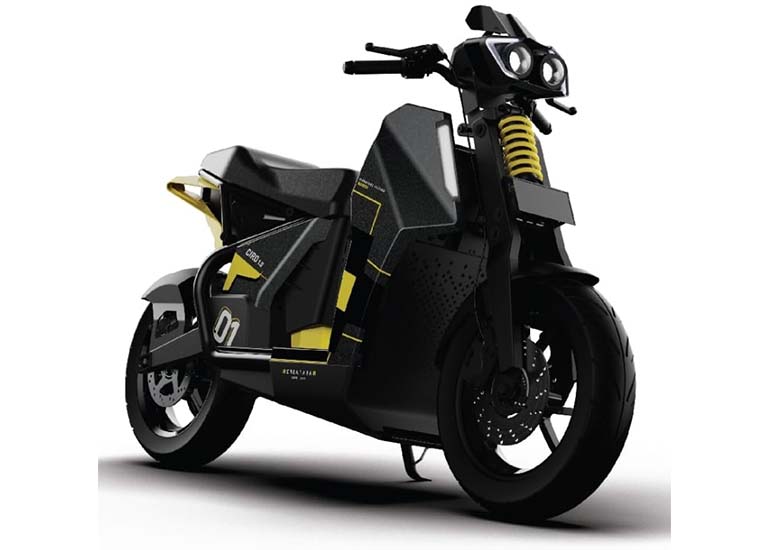
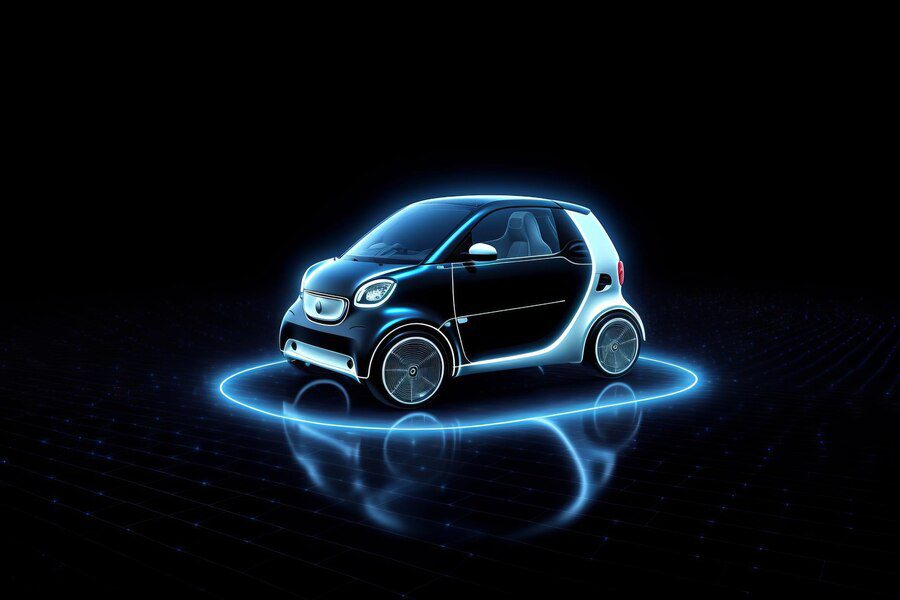

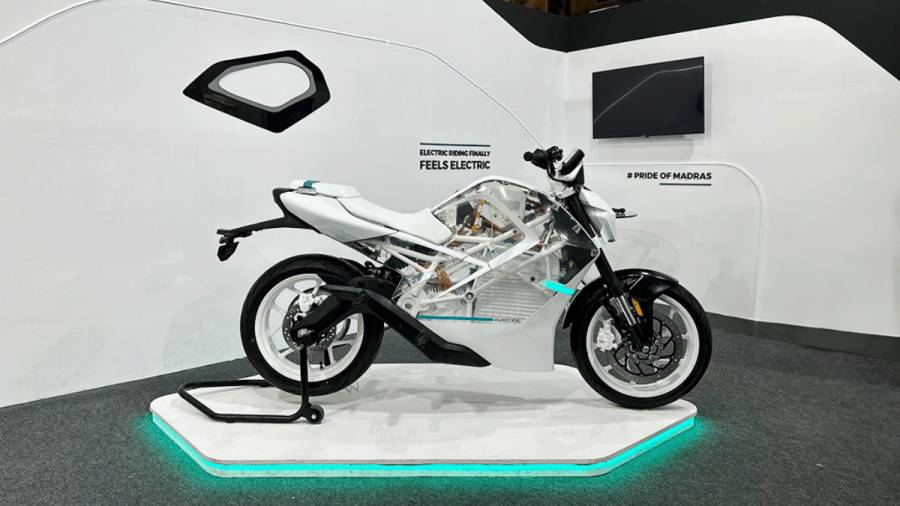
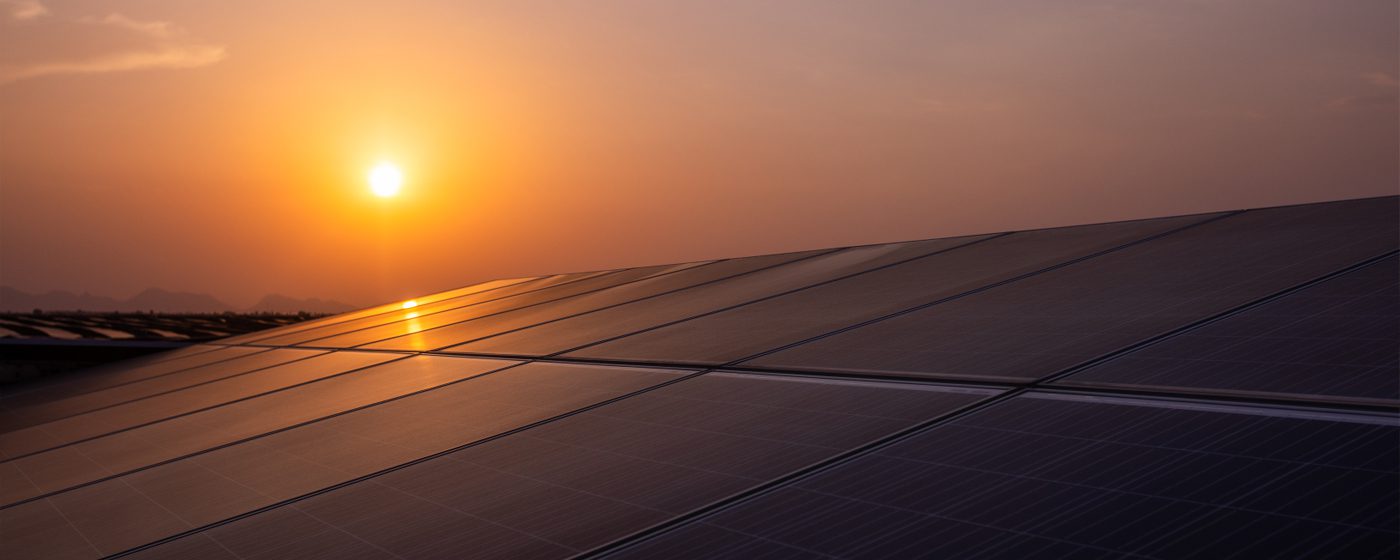
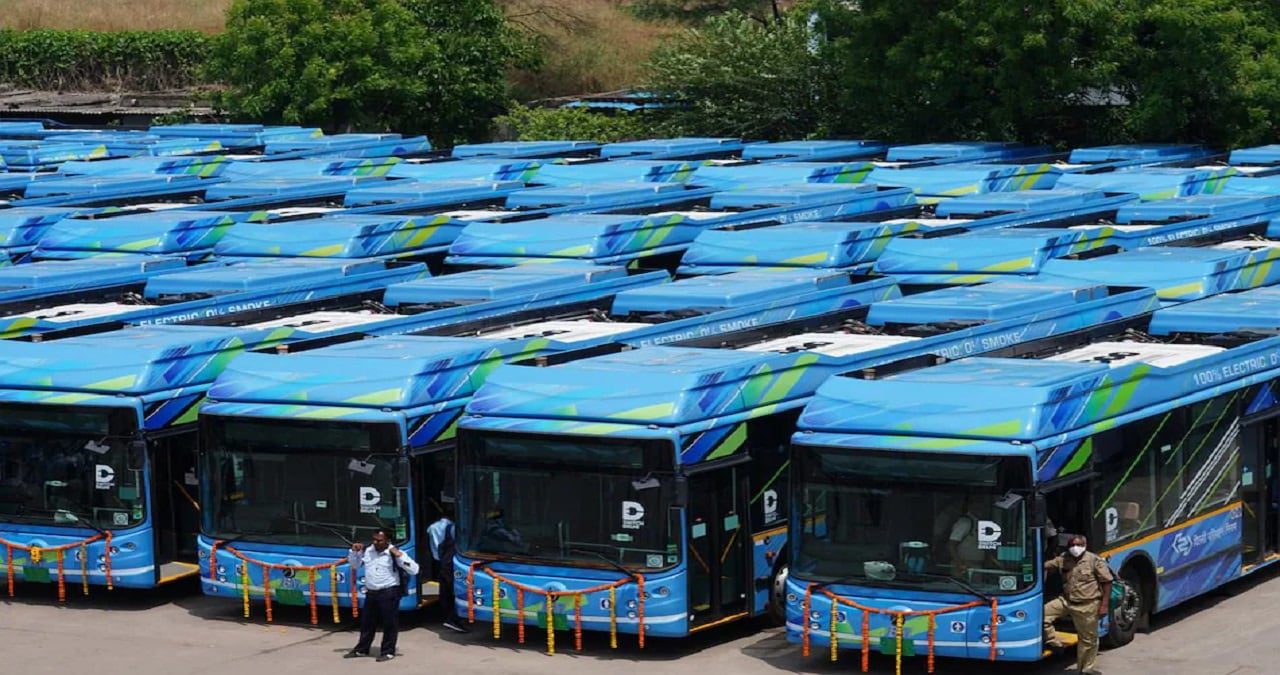
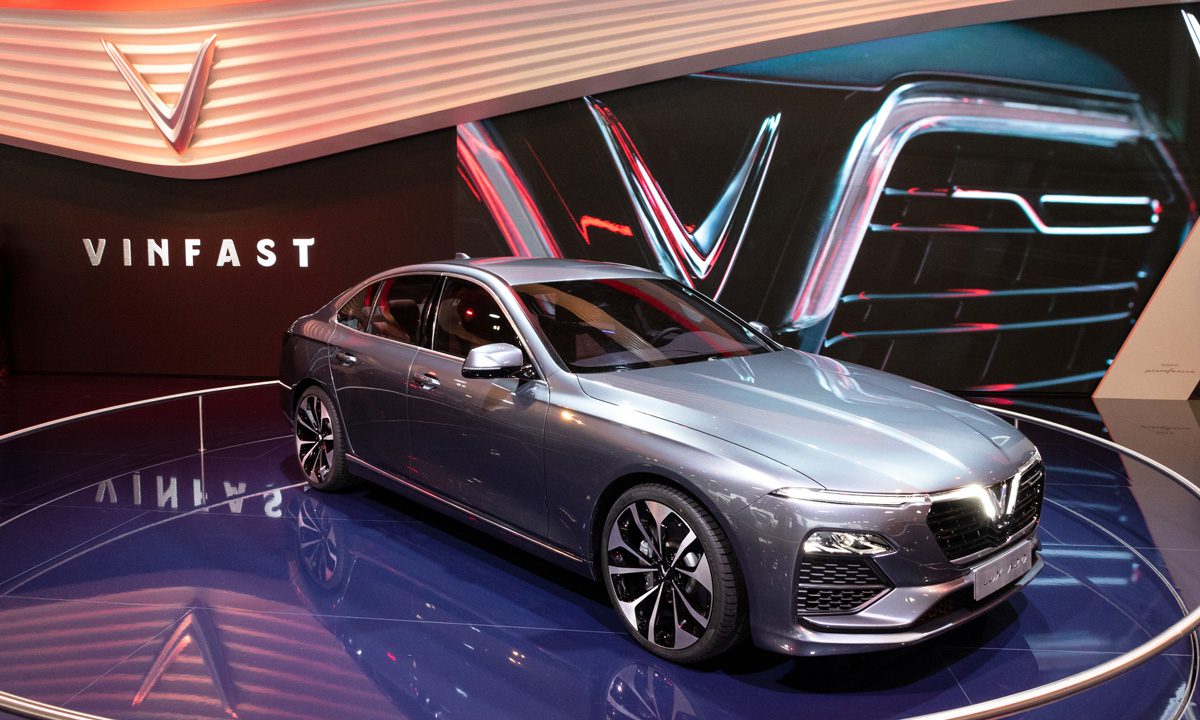
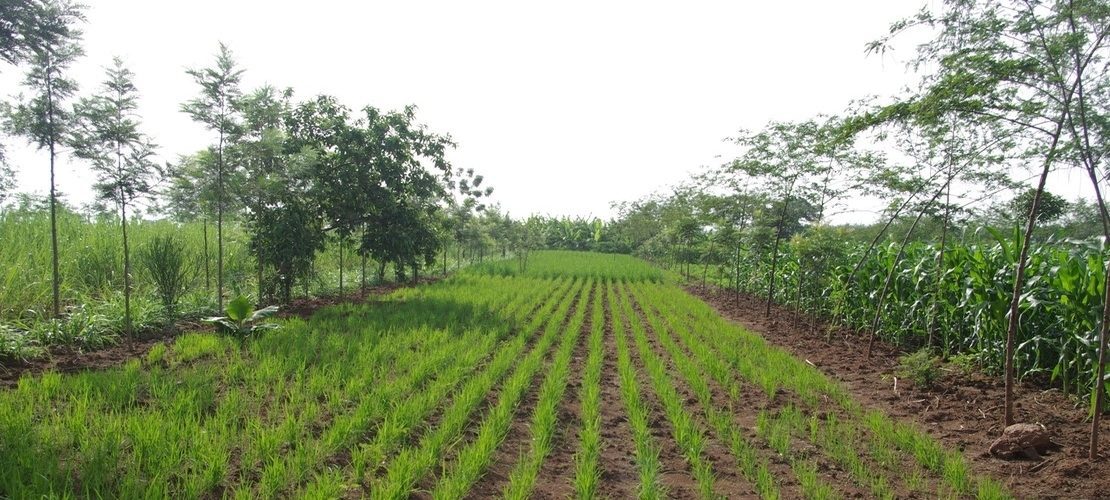

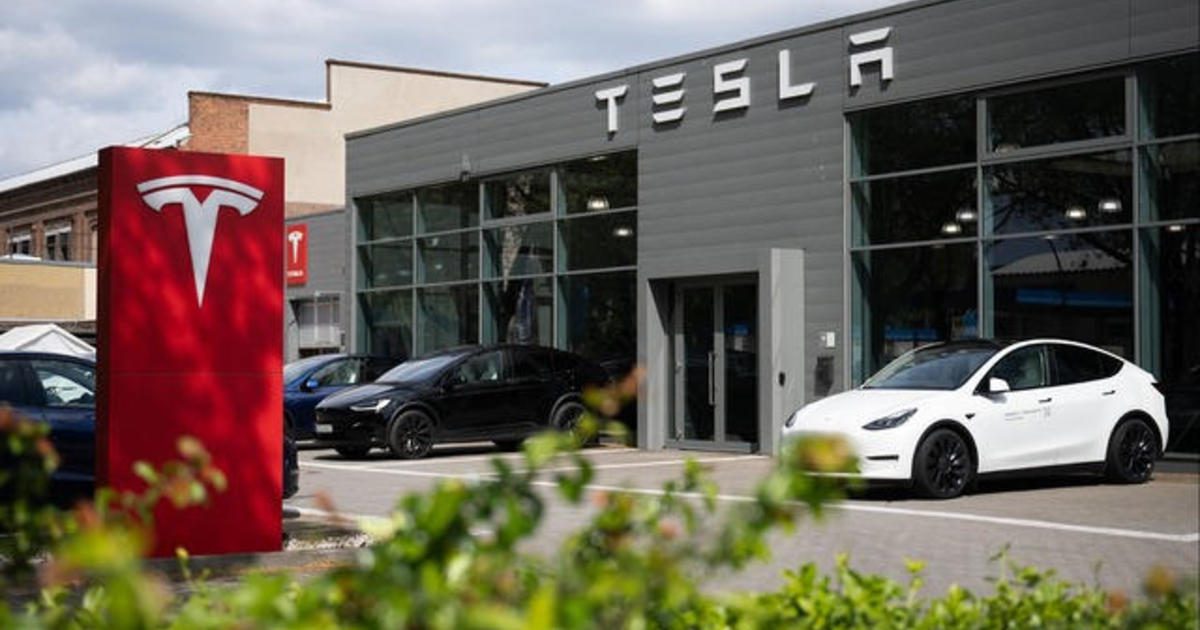
Leave feedback about this